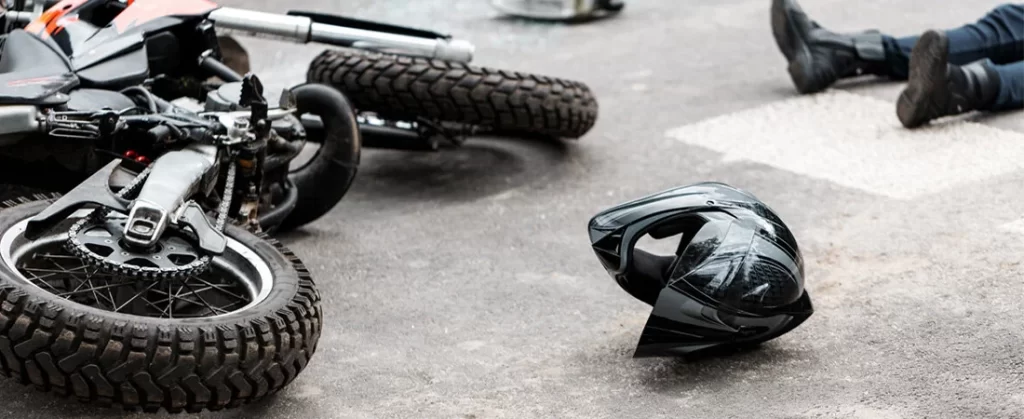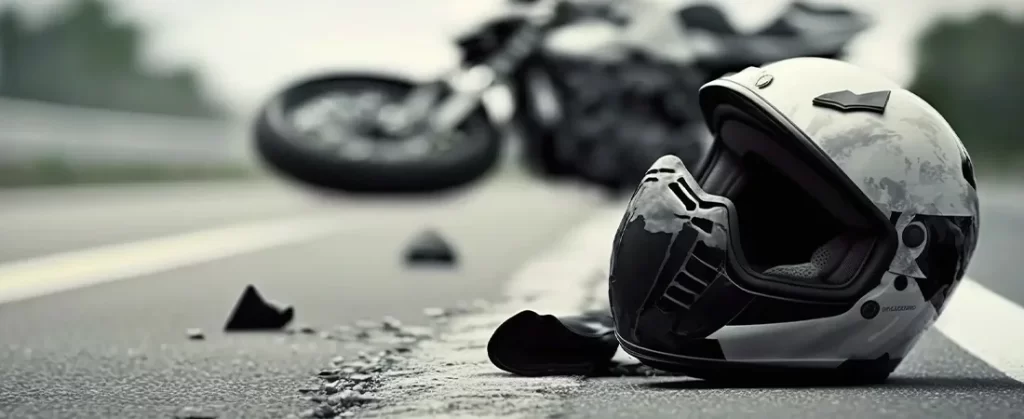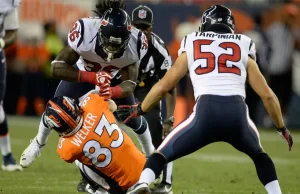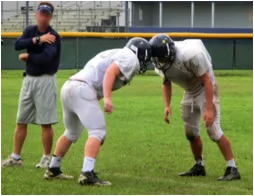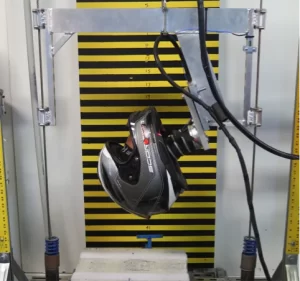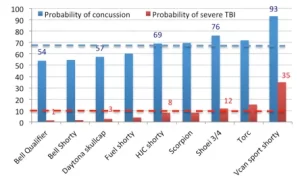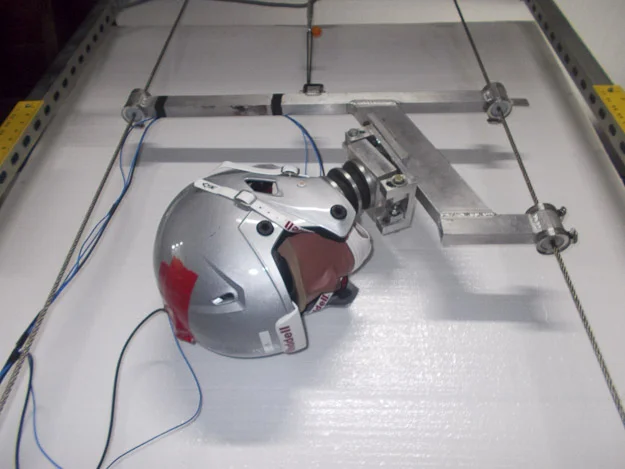Dr. Lloyd’s unique capability as a helmet expert is in the biomechanical evaluation of helmets, specifically, football, sports and motorcycle helmets. Helmets are designed to reduce the risk of blunt force trauma to the head, however protection against diffuse traumatic brain injury is often inadequate. Dr. Lloyd is often called upon to opine whether the head and brain injuries may or may not have been prevented by head protection.
His work on football helmets has been published in the Journal of Neurosurgery and his work on motorcycle helmets has been printed in Adventure Bike Magazine.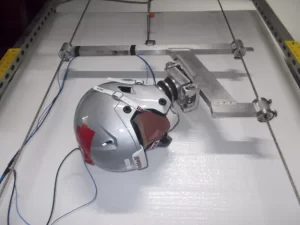
As a helmet expert, Dr. Lloyd’s advanced research has lead to several peer-reviewed publications in scientific journals. Specifically, the test apparatus and methods that he employs to evaluate helmet protection was published in a landmark technical article titled “Response of an Impact Test Apparatus for Fall Protective Headgear Testing Using a Hybrid-III Head-Neck Assembly“.
Using this apparatus, helmet expert Dr. Lloyd and neurologist Dr. Frank Conidi of the Florida Center for Headache and Sports Neurology have presented a series of studies at the American Academy of Neurology meetings. Their work was publicized by the AAN in a press-release titled “How Well Do Football Helmets Protect Players from Concussions“. Dr. Lloyd and Dr. Conidi published a scientific article in the Journal of Neurosurgery titled “Brain Injury in Sports“. This article documents the limited protection against traumatic brain injuries afforded by many current varsity football helmets.
Example Motorcycle Helmet Expert Case
 Dr. Lloyd provided biomechanical analysis on a recent motorcycle accident case in which an automobile crossed the path of an unhelmeted rider traveling at approximately 25 miles per hour. The motorcyclist’s head shattered the driver’s side window, leading to catastrophic brain injury
Dr. Lloyd provided biomechanical analysis on a recent motorcycle accident case in which an automobile crossed the path of an unhelmeted rider traveling at approximately 25 miles per hour. The motorcyclist’s head shattered the driver’s side window, leading to catastrophic brain injury
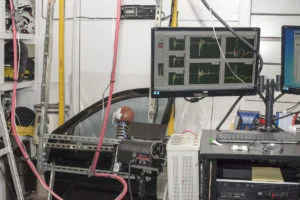 Dr. Lloyd was asked to opine as to whether or not a motorcycle helmet would have prevented these injuries. A test apparatus was constructed using an exemplar automobile driver’s door and window to measure the forces acting on a crash test dummy head.
Dr. Lloyd was asked to opine as to whether or not a motorcycle helmet would have prevented these injuries. A test apparatus was constructed using an exemplar automobile driver’s door and window to measure the forces acting on a crash test dummy head.
The following high speed videos and data were captured showing the helmeted versus unhelmeted conditions.
We learned that, had the motorcyclist been wearing a helmet during the subject collision, he would have most likely sustained fatal neck injuries as the helmet was deflected by the window, producing unsurvivable neck extension, as shown below:
Test results and video documentation were presented at deposition and proved highly valuable.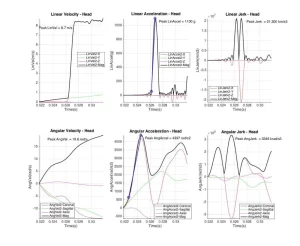
Please call Dr. Lloyd at 813-624-8986 or email DrJohnLloyd@Tampabay.RR.com to discuss how he can be of help to you with your case.


